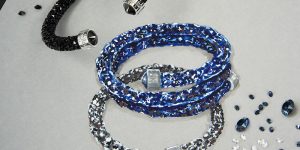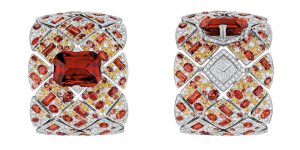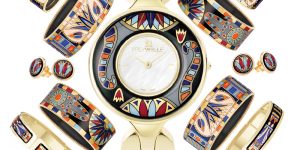Harry Winston New York Companion: Big Apple Chic
Harry Winston pays tribute to New York City with the label’s first high jewelry evening clutch, the New York Companion.

Mr. Harry Winston worked in a rather peculiar way. Contrary to common practice, the New York jeweler never based his designs on metal settings, but instead, the lavish gems which he had acquired in his lifetime. Among them were the 45.52-carat Hope diamond (Marie Antoinette was a keeper of the rare, blue stone); the 69.42-carat, pear-shaped Taylor-Burton diamond (Elizabeth Taylor wore the gift from her lover Richard Burton as a necklace); and the 71.72-carat, emerald-cut diamond on the engagement ring which Aristotle Onassis presented to former First Lady and fashion icon Jackie O.
Gems like these were all that mattered to Winston, who was known as the “king of diamonds” not only for his breathtaking private collection, but for his unrivaled expertise in choosing and cutting the most beautiful stones. Even after his death in 1978, his legacy lives on and remains a signature of the New York label.
For the brand’s latest act, the stones take center stage once again. Created as a tribute to New York City – the home of Winston and his first salon on Fifth Avenue – the New York Companion is the label’s first high jewelry evening clutch: 486 diamonds, 21 emeralds and eight rubies capture the city’s dynamic energy and map out, on a glossy, black-lacquered surface, a bird’s eye view of Broadway by night (the cheeky emerald and ruby accents recall the green and red flashes of traffic lights). And, as a nod to its superb watchmaking know-how, an onyx crown at the top of the clutch swivels open to reveal a quartz timepiece, which is decorated with a diamond-set bezel that sparkles like freshly fallen snow.
The interior of the New York Companion is just as visually compelling as its exterior: On one side, a large vanity mirror spliced into an impressive mother-of-pearl marquetry. On the other, rows of smaller mirrors inlaid with contrasting white and brown Tahitian mother-of-pearl.
This article first appeared in L’Officiel Singapore August Issue.









